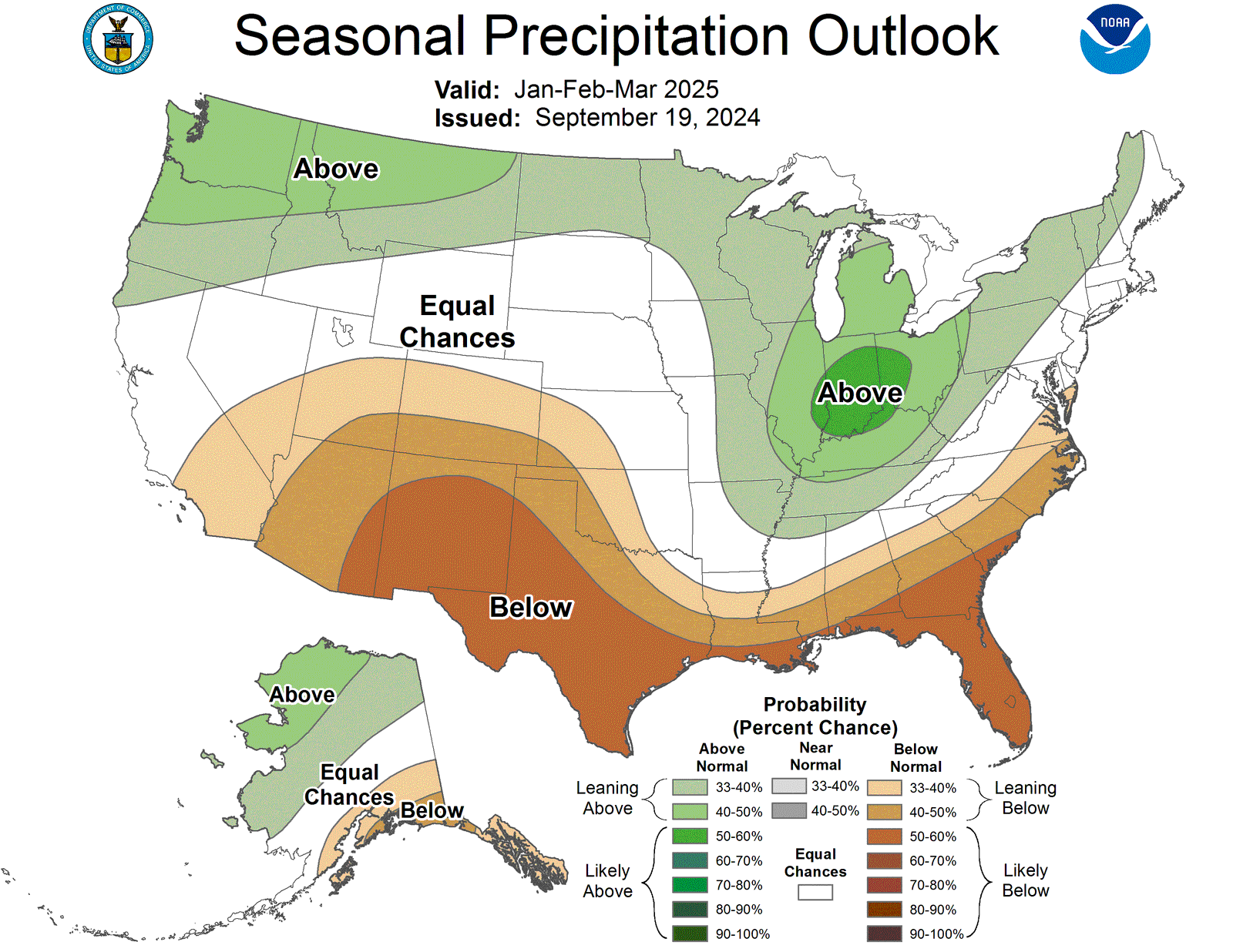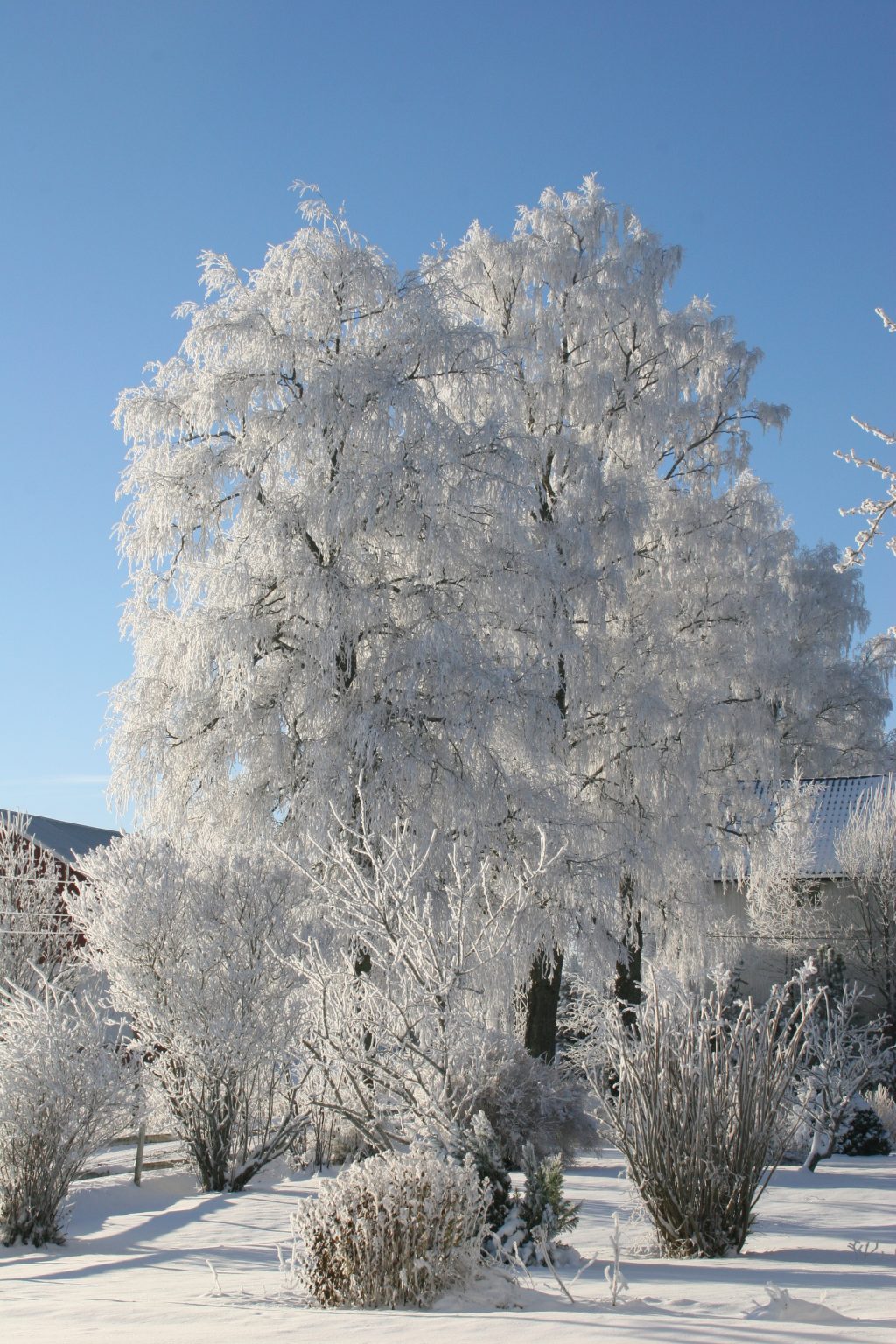As the days grow shorter and the air turns crisper, the United States is gearing up for another winter season. The National Oceanic and Atmospheric Administration (NOAA) has released its official winter outlook, offering a glimpse into what to expect from December through February. This forecast, based on the latest climate data and models, highlights a mix of cold, warm, wet, and dry conditions across the country.
Key Highlights of the 2025-26 Winter Forecast

The 2025-26 winter is expected to bring a stark contrast in weather patterns across the United States. While some regions will experience colder-than-average temperatures, others will see above-normal warmth. Precipitation levels are also expected to vary significantly, with certain areas facing drier conditions and others receiving more snow or rain.
According to the Climate Prediction Center (CPC), warmer-than-normal temperatures are most likely to occur in California, the southern Great Basin, the Southeast, and along the East Coast. Conversely, colder-than-normal conditions are anticipated in the Pacific Northwest, the upper Midwest, and parts of Alaska.
Where Will It Be Colder Than Normal?
The Pacific Northwest, including Washington, Oregon, and parts of Idaho, is expected to see below-average temperatures this winter. The northern Rockies, northern Plains, and upper Mississippi Valley are also in for a colder-than-usual season. In addition, extreme southeastern mainland Alaska and the Alaska Panhandle are predicted to experience cooler conditions.
Jon Gottschalck, chief of the operational prediction branch at the Climate Prediction Center, noted that “colder than normal conditions are most likely for a region from parts of the Pacific Northwest, eastward to include the northern Rockies, northern Plains and upper Mississippi Valley.”
This cold trend is partly attributed to the return of La Niña conditions, which have historically influenced winter weather patterns in the U.S. Although this La Niña event is expected to be weak and short-lived, it could still play a significant role in shaping the overall weather outlook.
Where Will It Be Warmer Than Normal?

On the flip side, much of the southern tier of the U.S. is set to experience warmer-than-average temperatures. This includes California, the southern Great Basin, the Southwest, Texas, the Southeast, and the coastal mid-Atlantic. Additionally, much of the northern and western coasts of Alaska are expected to see above-normal temperatures.
Gottschalck emphasized that “the greatest confidence in warmer conditions is in the Southwest, southern Florida and northwest Alaska.” These areas may see milder winters, which could impact everything from energy usage to agricultural practices.
Snow and Precipitation Outlook
Snowfall is expected to be more abundant in the northern Rockies and the Great Lakes region, where lake-effect snow could lead to significant accumulation. However, the southern tier of the U.S., particularly the Southeast, is likely to see below-average precipitation, which could worsen existing drought conditions.
The Climate Prediction Center has not provided specific snowfall amounts, as predicting the exact distribution of snow remains challenging due to the unpredictable nature of winter storms. However, AccuWeather’s lead long-range meteorologist, Paul Pastelok, predicts a “bookend winter” for the central and eastern U.S., with the biggest storms expected around the start and end of the season.
Drought Conditions and the Impact of La Niña
La Niña is expected to play a key role in shaping the winter weather. While it may not fully develop this season, its influence could still be felt, particularly in the Southwest and the southern Plains. According to Gottschalck, “drought development is forecast for the southern Plains, areas in the Southeast and lower mid-Atlantic.”
In contrast, the Pacific Northwest and northern Rockies are expected to see improved drought conditions due to enhanced chances of wetter-than-normal weather. However, the West Coast and Rocky Mountains may face prolonged dryness, especially if the marine heat wave off the Pacific coast continues.
Pastelok added that “if sea surface temperatures remain above normal just off the West Coast for much of the winter season, temperature departures can be even higher and precipitation much lower.” This could lead to worsening drought conditions in California and the Southwest, increasing the risk of wildfires.
The Role of the Polar Vortex
One of the most unpredictable factors in winter forecasting is the polar vortex. While its strength cannot be accurately predicted more than a few weeks in advance, the Climate Prediction Center suggests that conditions this winter may slightly favor a weaker polar vortex. A weaker polar vortex could increase the likelihood of Arctic air outbreaks, potentially bringing colder temperatures to parts of the U.S.
However, Gottschalck noted that “explicit predictability of the strength of the stratospheric polar vortex is limited unfortunately to about 2-3 weeks in advance.” This means that while the odds of a weaker polar vortex are slightly higher, the exact timing and intensity of any Arctic air outbreaks remain uncertain.
Storm Activity and Severe Weather
AccuWeather’s forecast suggests that the central and eastern U.S. could experience an “intense stormy winter,” with major storms expected around the start and end of the season. These storms could bring heavy snowfall to the Midwest, Great Lakes, Ohio Valley, Northeast, and parts of the mid-Atlantic.
In the South, however, severe weather could still pose a threat. Despite the overall warmth, warm Gulf waters could fuel severe thunderstorms, potentially leading to damaging winds, lightning, and tornadoes. There is also a chance of a major cold outbreak in late January or early February, which could bring snow and ice to Texas and the Gulf Coast.
The Influence of the Warm Pacific Ocean

The Pacific Ocean’s current state is another key factor in the winter forecast. A marine heat wave off the West Coast has led to unusually warm sea surface temperatures, which could influence weather patterns throughout the season. Pastelok explained that “these waters off the West Coast and extending farther out are very, very important going into our [winter] forecast this year.”
This warm ocean condition is expected to result in a dry and warm winter for California and the Southwest, with little relief from drought conditions. In contrast, the Pacific Northwest and northern Rockies may see more precipitation, helping to build snowpack in the Cascades and Rockies.
La Niña and Its Potential Impact
La Niña is a recurring climate phenomenon that can significantly affect winter weather patterns. While it may not officially develop this season, the atmosphere could still behave as if it has, leading to warmer, drier conditions in the South and stormier conditions in the North.
If La Niña does form, it could deepen the cold across the central and eastern U.S. while reinforcing the drought in the West. However, given the uncertainty surrounding the event, the exact impact remains to be seen.
Preparing for the 2025-26 Winter
With the forecast indicating a mix of cold, warm, wet, and dry conditions, residents across the U.S. should prepare for a variety of weather scenarios. Those in the Midwest and Northeast can expect heavier snowfall and colder temperatures, while those in the South and West may face milder conditions and potential drought challenges.
Energy bills could rise in the Plains and Midwest due to increased heating demand, while the West may see continued dryness and wildfire risks. Meanwhile, the Pacific Northwest and northern Rockies may benefit from improved drought conditions.
Final Thoughts
The 2025-26 winter promises to be a season of contrasts, with different regions experiencing vastly different weather conditions. From heavy snow in the north to dry heat in the west and wild temperature swings in between, the U.S. is bracing for another unpredictable season.
As the forecast unfolds, staying informed and prepared will be key to navigating the challenges and opportunities that this winter may bring.
Stay updated with the latest news and forecasts to ensure you’re ready for whatever the season throws your way.
Author: Alex Carter
Title/Role: Senior Meteorologist & Weather Analyst
Credentials: Alex has over 15 years of experience in weather forecasting, with a focus on long-range seasonal trends and climate patterns. He has contributed to numerous national publications and has been featured on major TV networks for his expert insights.
Profile Link: Alex Carter – Weather Expert
Sources:
1. NOAA Climate Prediction Center
2. AccuWeather Winter Forecast
3. USA TODAY Weather Coverage
Internal Links:
– How to Prepare for a Stormy Winter
– Understanding La Niña and Its Effects
– Drought Conditions and Impacts
Schema Markup:
{
"@context": "https://schema.org",
"@type": "Article",
"headline": "Winter 2025-26 U.S. Weather Forecast: What to Expect Across the Country",
"description": "Get the latest forecast for the 2025-26 winter season in the U.S. Learn about temperature trends, snowfall, drought, and more.",
"author": {
"@type": "Person",
"name": "Alex Carter"
},
"datePublished": "2025-10-15",
"image": "https://www.weatherexpert.com/images/winter-forecast-2025.jpg"
}
Featured Snippet Optimization:
“The 2025-26 U.S. winter forecast predicts colder-than-average temperatures in the Pacific Northwest, upper Midwest, and parts of Alaska, while warmer conditions are expected in California, the Southeast, and the East Coast. Snowfall is likely to be heavier in the Great Lakes and northern Rockies, while the Southwest faces continued drought.”
Meta Title: US Trending News: Winter 2025-26 Forecast
Meta Description: Stay ahead of the weather with the latest U.S. winter forecast for 2025-26. Discover temperature trends, snowfall, and drought conditions across the country.
URL Slug: /us-winter-forecast-2025-26












More Stories
When Is the Time Change 2025: Key Dates and What It Means for You
When Is the Next Meteor Shower Tonight? Your Guide to Peak Viewing Times
US Trending News: What’s the Weather Like in Nashville? Current Conditions and Forecast